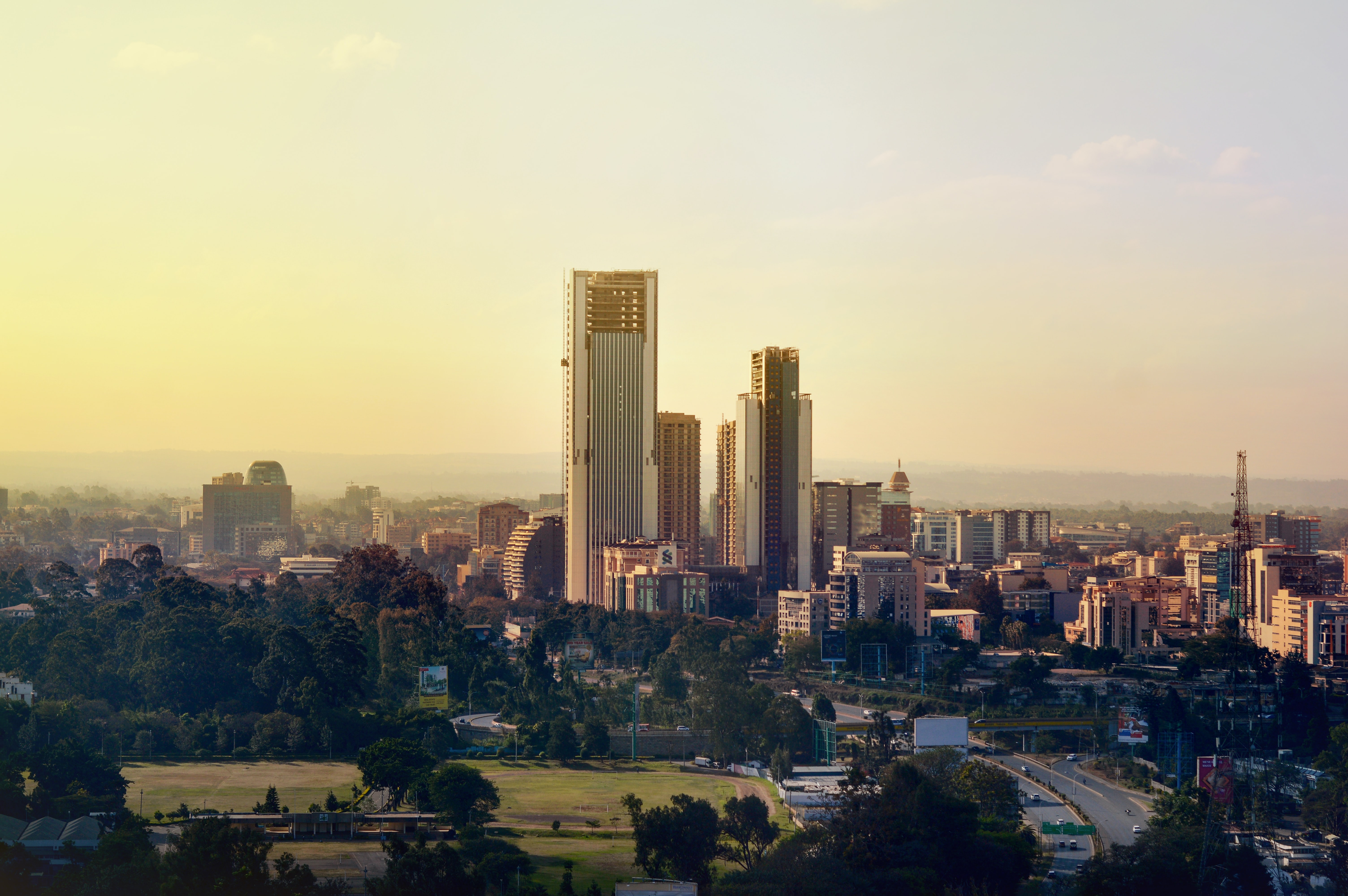
Parties to the UN Convention on Biological Diversity (CBD) advanced a global plan at the fourth Open Ended Working Group (OEWG-4) meeting in Nairobi, Kenya from 21-26 June to bend the curve on biodiversity loss. This Global Biodiversity Framework (GBF) is expected to be adopted at the CBD COP 15 in Montreal, Canada – under the Chinese presidency – in December 2022.

